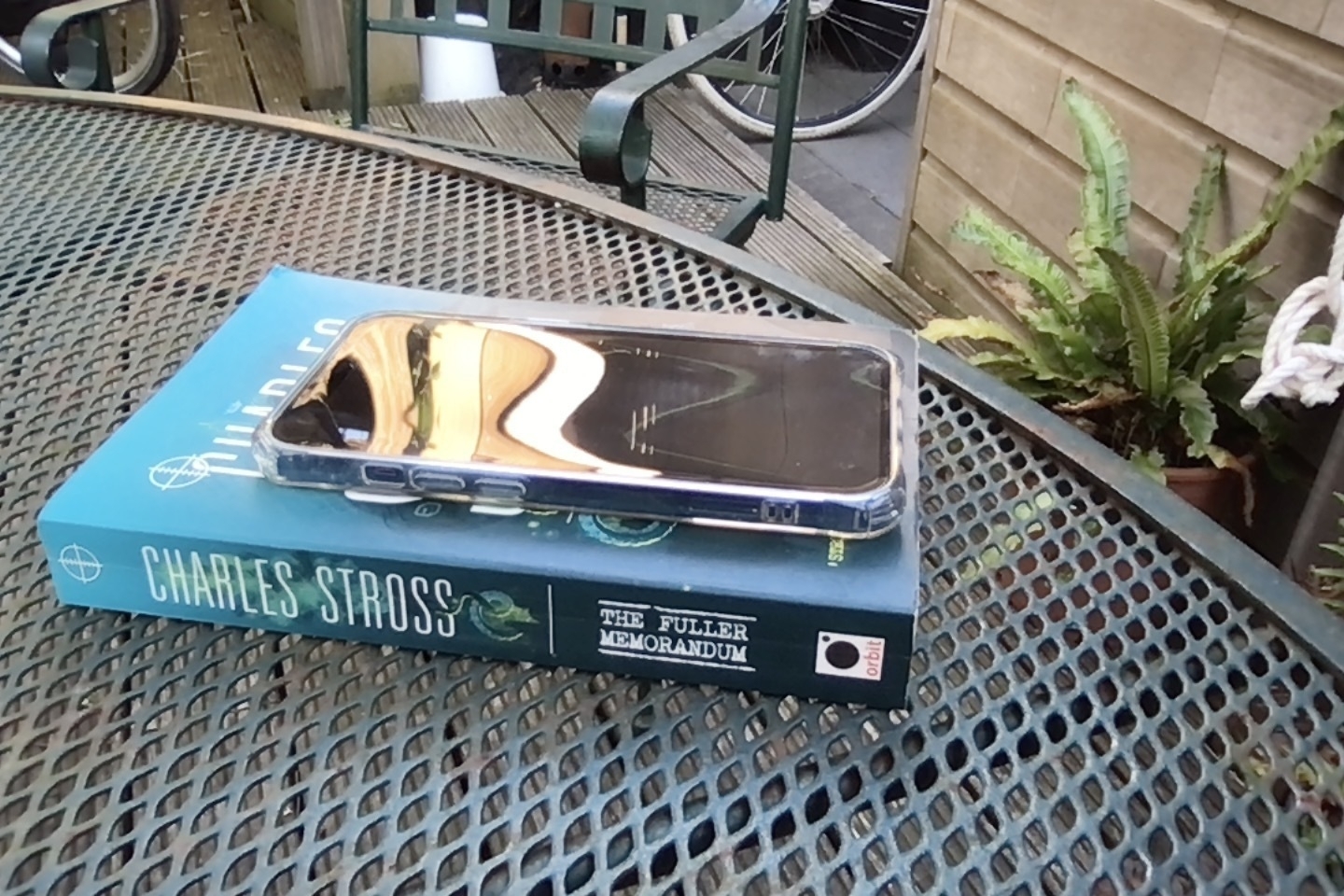Fortunately it hasn’t impacted my friends and relatives directly, but they know something’s not right. They catch me with one eye closed, staring furiously at an otherwise innocent appliance, be it a computer screen, a phone surface, or the kitchen counter illuminated by the light shining through a plastic container. I reluctantly bought a refurbished iPhone 13, because the 8 was dying and I wanted a better camera for photos (Ask me about how I obsessed over comatic aberrations in the blue channel of early 2000’s Canon cameras!) and the phone I received works perfectly…. but I can very clearly see that the front glass plate is bowed in around the edges. Out of the corner of my eye I can see the distortion of distant parallel lines take on the distinctive S shape of a bowl-like distortion, and it distracts me no end. I can’t help myself. It’s not disruptive enough to go and fix it, partially because it gives me inspiration in my daily work too. There have been a few times where I’ve made a casual observation about some optical phenomenon and then had quizzical looks from fellow academics - “What, you haven’t seen the diffraction pattern from a sodium street lamp though a net curtain before?” and I keep my observations to myself. My point is that there is a tremendous amount of wonder in the physical world, if you look for it. Putting on a protective screen on the curved iPhone surface meant that it did not adhere correctly…. but then I could use the pressure my fingers to get the air gap within a few wavelengths of light and treat myself to Newton’s fringes first hand, transient colours under white light. What’s not to love about that?
